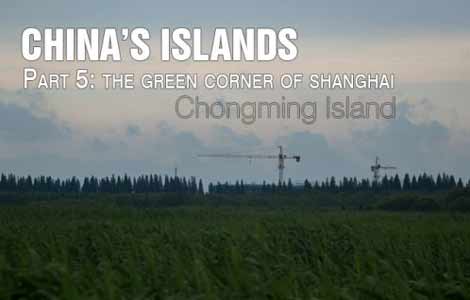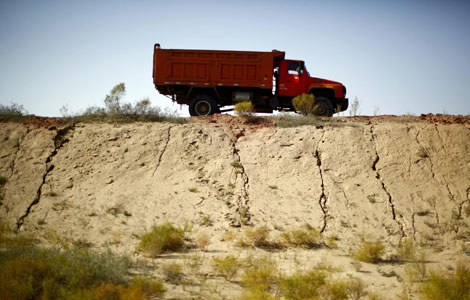Astronauts may serve half-year missions on new space station
Updated: 2013-09-27 23:46
By WANG QIAN (China Daily)
|
||||||||
Astronauts will visit China's future space station once or twice a year, a senior official said on Friday.
Wu Ping, spokeswoman for China's manned space program, said at the 64th International Astronautical Congress that the space station will be completed around 2022.
The annual conference is one of the most important events in the space calendar, which was held in Beijing this year from Monday to Friday.
"During the operational phase of the mission, the space station will be manned by a crew of three astronauts, who will alternate every half-year," Wu said.
To maintain the station's operation, cargo spaceships will resupply the station once or twice a year, Wu said.
The cargo spaceship will be completed and launched to conduct propellant refilling tests by 2016, Wu said.
She added that the space station will provide an open platform to space-faring countries, and China will strengthen international exchanges and cooperation in the development, operation and application of the space station.
"After the station begins operating, China is willing to invite foreign countries to work on scientific and research projects involving areas such as life science, aerospace medicine and new materials," Wu said.
She said foreign astronauts will also be welcome.
"Several developing countries have already signaled their intention during the congress to send astronauts to receive training and conduct future missions," she said.
"If China starts taking foreign astronauts to outer space, we would like to be the first candidate," said Ahmed Bilal, chairman of the Pakistan Space and Upper Atmosphere Research Commission.
A space medicine project called Nyu Wa is also under discussion to develop the country's aerospace medicine, said Li Yinghui, director of the State Key Lab of Space Medicine Fundamentals and Application under China Astronaut Research and Training Center.
China's space station will be able to support a crew of three who will live in orbit and carry out scientific experiments and other missions. The station will have a service life of 10 years.
China started its manned space program in 1992. Since then, 10 spacecraft and one space lab module have been launched.
Including the Shenzhou X mission, a total of five flights were manned, and 10 astronauts have been to space.
Zhang Xiaoguang, Wang Yaping, China's second female astronaut, and Nie Haisheng had worked in Tiangong-1 for 12 days, after Shenzhou X was successfully docked with the space lab on June 13.
Space rendezvous and docking technologies are crucial for assembling a space station in orbit.
Nie Haisheng said that everything is going smoothly toward achieving China's space dream, and Chinese astronauts are making full preparations for the coming long-term space mission.
By 2016, China plans to launch the Tiangong-2 space lab to test technologies in renewable life support and in-orbit refueling. Perfecting the technologies will be essential for the planned space station, he added.
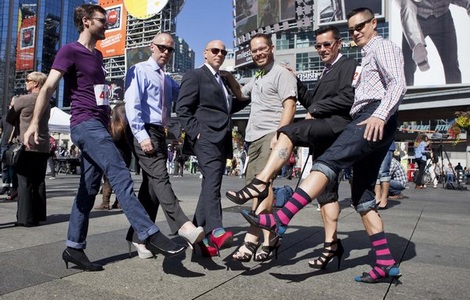
 Making a wobbly stand on violence against women
Making a wobbly stand on violence against women
 Serena Williams back to Beijing for new crown
Serena Williams back to Beijing for new crown
 'Battle of the sexes' to start China Open
'Battle of the sexes' to start China Open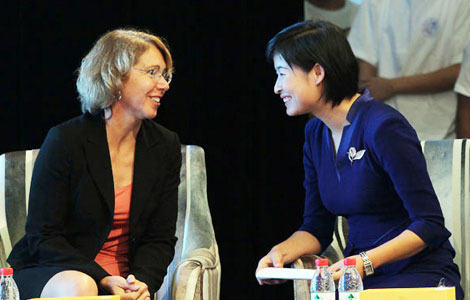
 US astronaut praises China's space program
US astronaut praises China's space program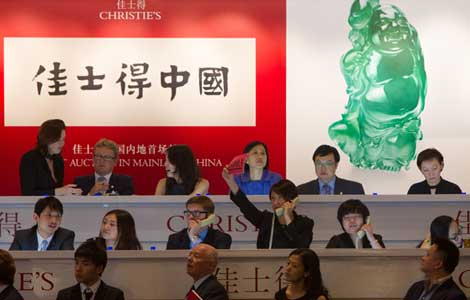
 Christie's holds inaugural auction
Christie's holds inaugural auction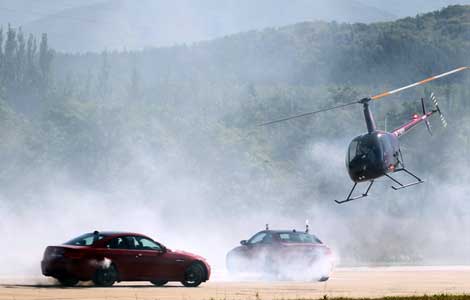
 Aviation gains from exchanges
Aviation gains from exchanges
 Early fish ancestor found
Early fish ancestor found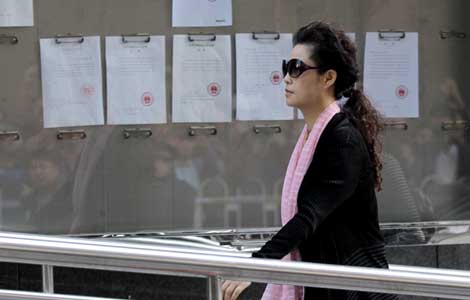
 Singers' son sentenced to 10 years for rape
Singers' son sentenced to 10 years for rape
Most Viewed
Editor's Picks

|

|

|

|

|

|
Today's Top News
US arms sales to Taiwan still sticking point
US Senate panel drafting bill to limit NSA spying
Popularity of Brazilian president rebounds: poll
UN to draft resolution on Syria's chemical weapons
China urges package deal on Iran's nuke issue
Can the 'Asian pivot' be saved?
Trending news across China
US firms pin hopes on financial liberalization
US Weekly

|

|
